Home>Garden Essentials>How To Germinate Lychee
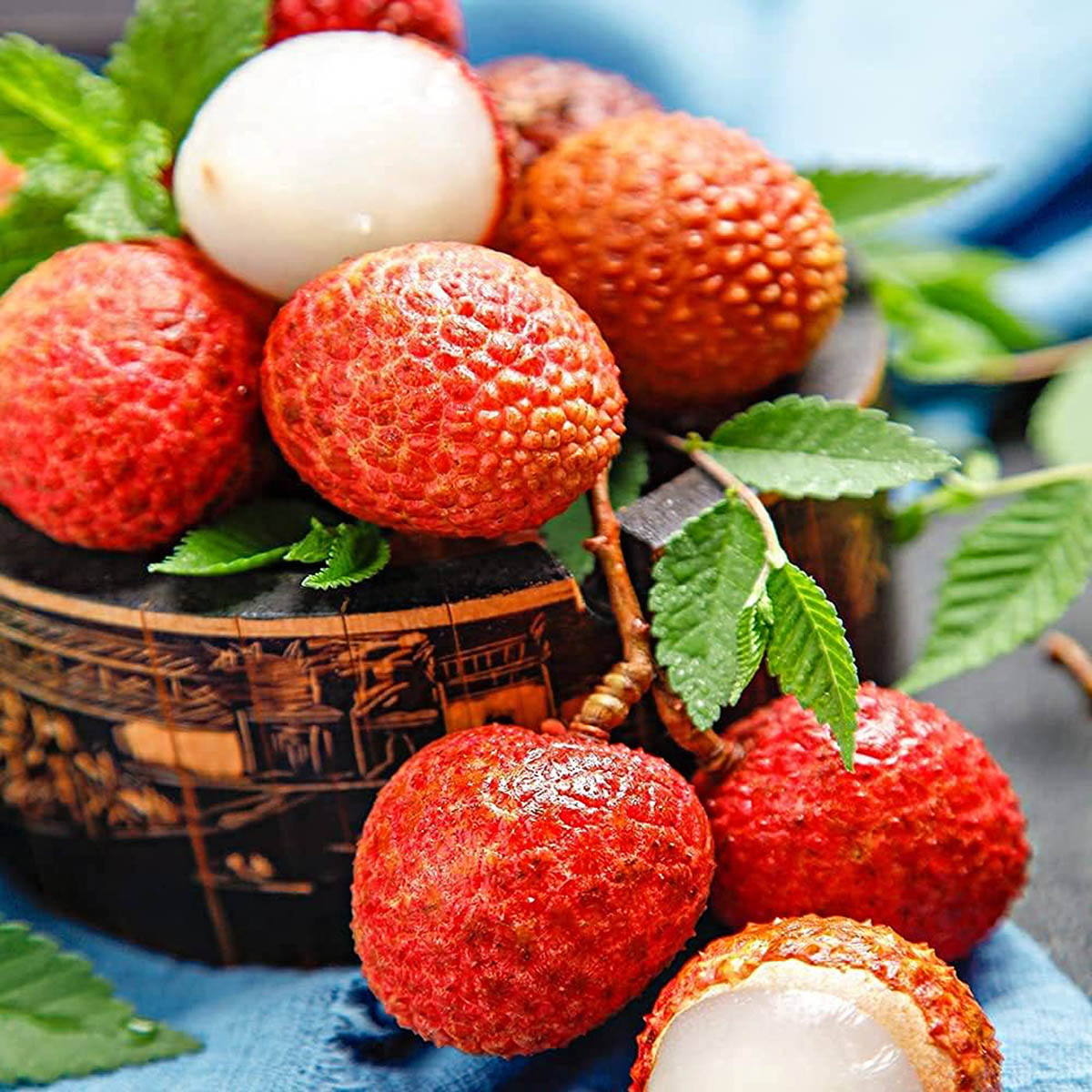

Garden Essentials
How To Germinate Lychee
Modified: March 15, 2024
Learn how to successfully germinate lychee seeds in your garden and enjoy fresh, homegrown fruits. Step-by-step guide for a thriving lychee garden.
(Many of the links in this article redirect to a specific reviewed product. Your purchase of these products through affiliate links helps to generate commission for Storables.com, at no extra cost. Learn more)
Introduction
Welcome to the wonderful world of lychee! If you’ve ever tasted the sweet and fragrant fruit of a lychee tree, you’ll understand why it’s a favorite among gardeners and fruit enthusiasts. But have you ever wondered how to grow your own lychee tree from seeds?
In this article, we will explore the process of germinating lychee seeds and turning them into thriving plants. We’ll discuss the importance of understanding lychee seeds and how to prepare them for germination. You’ll also learn about different germination methods, including germinating in water and germinating in soil. Additionally, we’ll cover the care required for germinating lychee seeds and the process of transplanting them.
So, if you’re ready to embark on a lychee-growing adventure, let’s dive in and discover the secrets to germinating lychee seeds!
Key Takeaways:
- Growing your own lychee tree from seeds is a rewarding adventure, but it requires patience and care. Understanding the characteristics of lychee seeds and choosing the right germination method are crucial for successful growth.
- Whether you prefer germinating lychee seeds in water to observe the fascinating growth process or using the traditional soil method, providing optimal conditions of temperature, light, water, and nutrients is key. Patience and dedication are essential for nurturing healthy lychee seedlings into flourishing trees.
Read more: How To Store Lychee
Understanding Lychee Seeds
Before diving into the germination process, it’s important to understand the characteristics of lychee seeds. Lychee seeds are usually large and oval-shaped, with a hard outer shell. Inside the shell, you’ll find the actual seed, which is covered with a thin brown membrane. The seeds can vary in color, ranging from brown to dark red.
Lychee seeds have a high germination rate, which means they have a good chance of successfully sprouting into seedlings. However, it’s important to note that lychee trees grown from seeds may not produce fruits that are as flavorful or consistent in quality as those grown from grafting or air-layering methods. This is because seed-grown lychee trees may exhibit genetic variations.
It’s also worth mentioning that lychee seeds have a relatively short viability period. Freshly harvested seeds have the highest chance of successful germination, whereas older seeds may have a lower germination rate. So, it’s best to use fresh lychee seeds for optimal results.
Now that you have a better understanding of lychee seeds, let’s move on to the next step: preparing the seeds for germination.
Preparing the Seeds for Germination
Before you can begin the germination process, it’s important to properly prepare the lychee seeds to maximize their chances of sprouting. Follow these steps to prepare your lychee seeds for germination:
- Extracting the seeds: Start by removing the seeds from the lychee fruit. Carefully cut open the fruit and extract the seeds, being careful not to damage them. Rinse the seeds gently to remove any excess fruit pulp or residue.
- Removing the outer shell: The hard outer shell of lychee seeds can inhibit germination. To enhance the germination process, you can gently crack open the shells using a pair of pliers or a nutcracker. Be careful not to apply too much force and damage the seeds inside.
- Soaking the seeds: Once the shells are cracked, soak the seeds in lukewarm water for 24 hours. This soaking process helps to soften the seed coat, which allows for easier germination.
After completing these steps, the lychee seeds are ready for germination. It’s time to choose a germination method that suits your preferences and resources.
Germination Methods
There are two common methods for germinating lychee seeds: germination in water and germination in soil. Both methods have their advantages, so let’s take a closer look at each one:
Germination in Water
This method involves placing the lychee seeds in a container filled with water. Here’s how to do it:
- Selecting a container: Choose a transparent container that is large enough to hold the seeds and allow them to float in water.
- Add water: Fill the container with room temperature water, making sure the seeds are completely submerged.
- Monitoring and changing water: Over the next few weeks, monitor the seeds daily and change the water every 2-3 days to prevent any bacterial growth. Look for signs of germination, such as the seeds cracking open and roots appearing.
- Transferring to soil: Once the seeds have germinated and have developed roots that are about an inch long, carefully transfer them to individual pots filled with well-draining soil.
Read more: How To Germinate A Bean
Germination in Soil
This method involves planting the lychee seeds directly into soil. Here’s how to do it:
- Preparing the soil: Use a well-draining potting mix enriched with organic matter. Fill a small pot or seed tray with the soil mix.
- Planting the seeds: Gently press the seeds into the soil, making sure they are covered with a thin layer of soil. Water the soil lightly after planting.
- Providing optimal conditions: Place the pot or seed tray in a warm and humid location, such as a greenhouse or near a window with indirect sunlight. Keep the soil consistently moist but avoid over-watering.
- Transferring to larger containers: Once the seedlings have developed several sets of leaves and have established a strong root system, they can be transplanted into larger containers or directly into the ground.
Choose the germination method that suits your resources and preferences. Regardless of the method chosen, providing adequate care for the germinating lychee seeds is crucial for their successful development.
Germination in Water
Germinating lychee seeds in water is a popular method that provides a clear view of the germination process. Here’s a step-by-step guide on how to germinate lychee seeds in water:
- Selecting a container: Choose a transparent container that is large enough to hold the seeds and allow them to float in water. A glass jar or a shallow dish works well for this method.
- Adding water: Fill the container with room temperature water, ensuring that there is enough water to fully submerge the seeds. Avoid using chlorinated water, as chlorine can inhibit germination. If you’re using tap water, let it sit for 24 hours before using to allow any chlorine to dissipate.
- Soaking the seeds: Place the lychee seeds into the water, making sure they are completely submerged. You may notice some seeds float while others sink. That’s normal and doesn’t affect the germination process.
- Monitoring and changing water: Keep the container in a warm and well-lit area, away from direct sunlight. Check the seeds daily, and every 2-3 days, change the water to prevent bacterial growth and to supply fresh oxygen to the seeds.
- Germination signs: After a couple of weeks, you should start seeing signs of germination. The seeds may crack open, and small roots may emerge. Some seeds may take longer to germinate, so be patient.
- Transferring to soil: Once the seeds have germinated and have developed roots that are around an inch long, carefully transfer them to individual pots filled with well-draining soil. Plant them with the root facing downwards and the seed slightly above the soil surface.
- Caring for the seedlings: Place the pots in a warm and sunny location, ensuring they receive adequate sunlight. Water the seedlings regularly, keeping the soil moist but not overly saturated. As the seedlings grow, provide support by placing a small stick or stake alongside the stem.
Germinating lychee seeds in water allows you to observe the development of the roots and monitor the progress of the seedlings. It’s an exciting and educational process that can be enjoyed by gardeners of all ages!
Germination in Soil
If you prefer a more traditional method, germinating lychee seeds in soil can be just as effective. Here’s a step-by-step guide on how to germinate lychee seeds in soil:
- Preparing the soil: Start by selecting a well-draining potting mix that is rich in organic matter. Well-draining soil is essential to prevent waterlogging and root rot. Fill a small pot or seed tray with the soil mix, leaving about half an inch of space at the top.
- Planting the seeds: Gently press the lychee seeds into the soil, ensuring that they are covered with a thin layer of soil. Avoid burying the seeds too deep, as they need access to oxygen for germination.
- Providing optimal conditions: Place the pot or seed tray in a warm and humid location, such as a greenhouse or near a window with indirect sunlight. Lychee seeds require a consistent temperature between 70-85°F (21-29°C) to germinate effectively. Mist the soil lightly with water to keep it moist but not overly saturated.
- Patience and observation: Germination can take anywhere from a few weeks to several months for lychee seeds. Be patient and monitor the soil regularly. Look for signs of germination, such as the emergence of seedlings or sprouts breaking through the soil surface.
- Transferring to larger containers: Once the lychee seedlings have developed several sets of leaves and have established a strong root system, they can be transplanted into larger containers or directly into the ground. Choose containers or planting spots that offer enough space for the root system to grow and provide ample sunlight.
- Caring for the seedlings: Water the seedlings regularly, allowing the soil to dry out slightly between each watering. Avoid over-watering, as it can lead to root rot. Provide the seedlings with at least six hours of sunlight daily to promote healthy growth. As the seedlings mature, you can gradually reduce the frequency of watering.
Germinating lychee seeds in soil offers a more traditional approach and gives the seedlings a head start in adapting to the soil conditions they will face as they grow into mature plants. Remember to provide them with the proper care, and soon you’ll have thriving lychee seedlings ready to flourish!
Caring for Germinating Lychee Seeds
Proper care is essential for the successful germination and growth of lychee seeds. Here are some important tips to ensure the health and development of your germinating lychee seeds:
Read more: How To Germinate Pecans
1. Temperature and Light
Lychee seeds thrive in warm and bright environments. Maintain a temperature range between 70-85°F (21-29°C) to provide optimal conditions for germination. Avoid exposing the seeds to direct sunlight, as it can cause excessive heat and damage the delicate seedlings. Instead, provide them with bright, indirect light.
2. Watering
Keep the soil consistently moist during the germination process. Water the seeds gently, making sure not to dislodge them from the soil. Avoid over-watering, as this can lead to root rot. Check the moisture level regularly and adjust your watering schedule accordingly.
3. Humidity
Lychee seeds prefer a humid environment during germination. To create a humid atmosphere, you can cover the pots or seed trays with clear plastic wrap or place them in a greenhouse or a humidity dome. This helps to retain moisture and promote healthy seedling growth.
4. Air Circulation
While maintaining a humid environment is important, it’s also crucial to provide proper air circulation. Good airflow helps prevent fungal diseases that can affect the germinating seeds. Avoid overcrowding seedlings and ensure there is sufficient space between them to promote airflow.
Read more: How To Germinate A Pinecone
5. Fertilization
Avoid fertilizing germinating lychee seeds until they have developed into strong seedlings with multiple sets of leaves. At this point, you can start applying a balanced, slow-release fertilizer according to the manufacturer’s instructions. Too much fertilizer during the early stages can harm the delicate roots.
6. Protecting from Pests
Keep an eye out for pests such as aphids, spider mites, or fungal diseases that can damage the delicate seedlings. Regularly inspect the leaves and stems, and take immediate action if you notice any signs of infestation or disease. Using organic pest control methods or mild insecticidal soaps can help deter pests without harming the seedlings.
By following these care guidelines, you’ll provide the best possible conditions for germinating lychee seeds to thrive. Remember to continue monitoring their progress and adjust care as needed based on the specific needs of your seedlings.
Transplanting Germinated Seeds
Once your lychee seeds have successfully germinated and developed into healthy seedlings, it’s time to transplant them into their permanent growing location. Transplanting is a critical step in their journey towards becoming mature lychee trees. Here’s how to do it:
Preparing the Transplanting Site
Select a suitable location for planting your lychee seedlings. Choose a spot that receives full sun to partial shade and offers well-draining soil. It’s important to ensure that the site has enough space to accommodate the mature size of a lychee tree, as they can grow up to 30 feet in height and spread.
Read more: How To Germinate Mitraria
Transplanting Process
- Timing: Plan to transplant your germinated lychee seedlings when they are approximately 6-8 inches tall and have developed a strong root system. This typically takes several months after germination.
- Preparing the hole: Dig a hole that is slightly wider and deeper than the root ball of the seedling. Loosen the soil around the hole to promote easy root penetration.
- Removing the seedling: Carefully remove the seedling from its current container, holding onto the base of the stem or the leaves. Be gentle to avoid damaging the roots.
- Placing in the hole: Lower the seedling into the hole, making sure the root system is spread out naturally. Position the seedling in the center of the hole and ensure that the soil level is the same as it was in the original container.
- Filling and firming the soil: Backfill the hole with soil, gently firming it around the seedling to eliminate air pockets. Avoid compressing the soil too tightly, as it can hinder root growth.
- Watering: Thoroughly water the newly transplanted seedling to settle the soil and provide hydration to the roots. Maintain regular watering to keep the soil consistently moist while the seedling establishes itself in its new location.
- Staking (if necessary): If your seedling appears fragile or susceptible to strong winds, consider staking it for support. Use a soft tie or stake to secure the seedling, ensuring that it has enough freedom to move and grow naturally.
Caring for Transplanted Seedlings
After transplanting, continue to provide proper care for your lychee seedlings. Water them regularly, especially during dry periods, and monitor their growth. Consider applying a balanced, slow-release fertilizer according to the recommended dosage to provide essential nutrients.
Remember that it can take several years for a lychee tree to reach maturity and start bearing fruit. Be patient and enjoy watching your seedlings grow into flourishing trees.
Following these tips will help ensure a successful transplanting process and give your lychee seedlings the best chance of thriving in their new home.
Conclusion
Congratulations! You’ve now learned how to germinate lychee seeds and set them on the path to becoming healthy lychee trees. The journey from seed to tree may require patience and dedication, but the rewards of growing your own lychee fruit are truly worth it.
Throughout this article, we covered the essential steps for successful germination, including understanding the characteristics of lychee seeds and preparing them for the germination process. We explored two common germination methods: in water and in soil, and discussed the care required for germinating lychee seeds.
Whether you choose to germinate your lychee seeds in water, allowing you to witness the fascinating growth process, or prefer the more traditional method of germination in soil, the key is to provide optimal conditions of temperature, light, water, and nutrients. Regular monitoring and attentive care will ensure the healthy development of your seedlings.
Remember, the journey doesn’t end with germination. Transplanting your germinated seedlings into a suitable location and continuing to provide proper care will allow them to grow into mature lychee trees.
While it may take several years for your lychee tree to bear fruits, the joy of nurturing a plant from its earliest stages is deeply rewarding. The sweet and aromatic taste of homegrown lychee fruit will be a delightful reward for your hard work and dedication.
So, embrace the adventure of lychee cultivation and enjoy the beauty and deliciousness of this extraordinary fruit. Happy growing!
Frequently Asked Questions about How To Germinate Lychee
Was this page helpful?
At Storables.com, we guarantee accurate and reliable information. Our content, validated by Expert Board Contributors, is crafted following stringent Editorial Policies. We're committed to providing you with well-researched, expert-backed insights for all your informational needs.
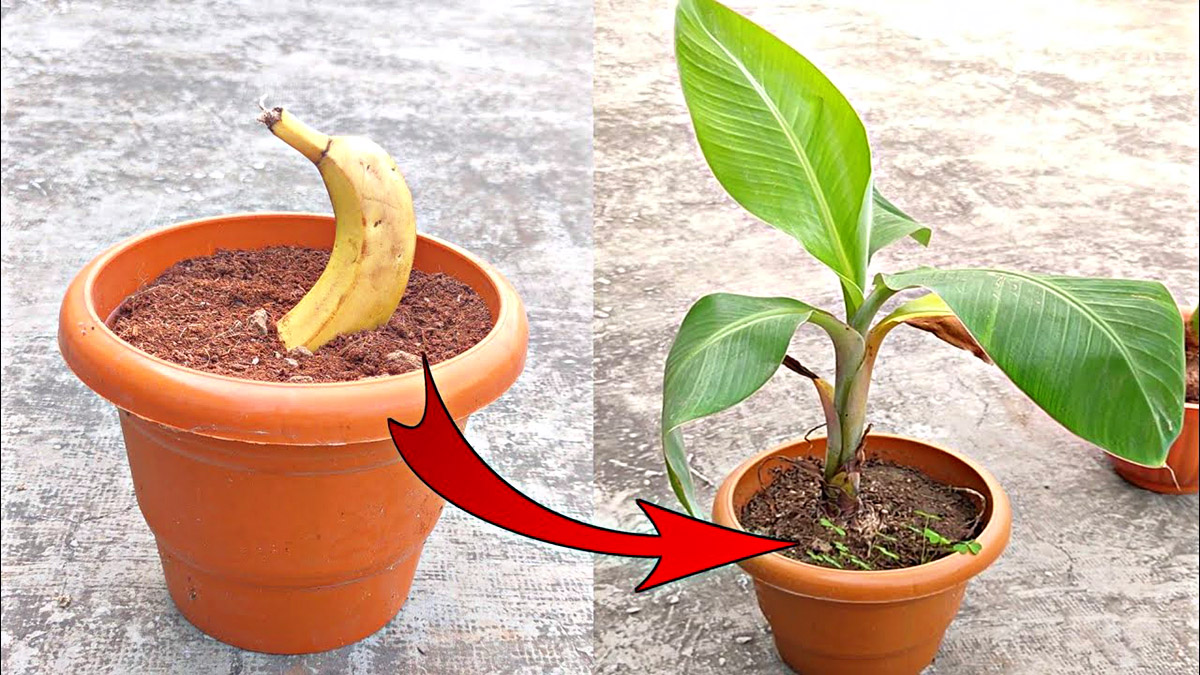
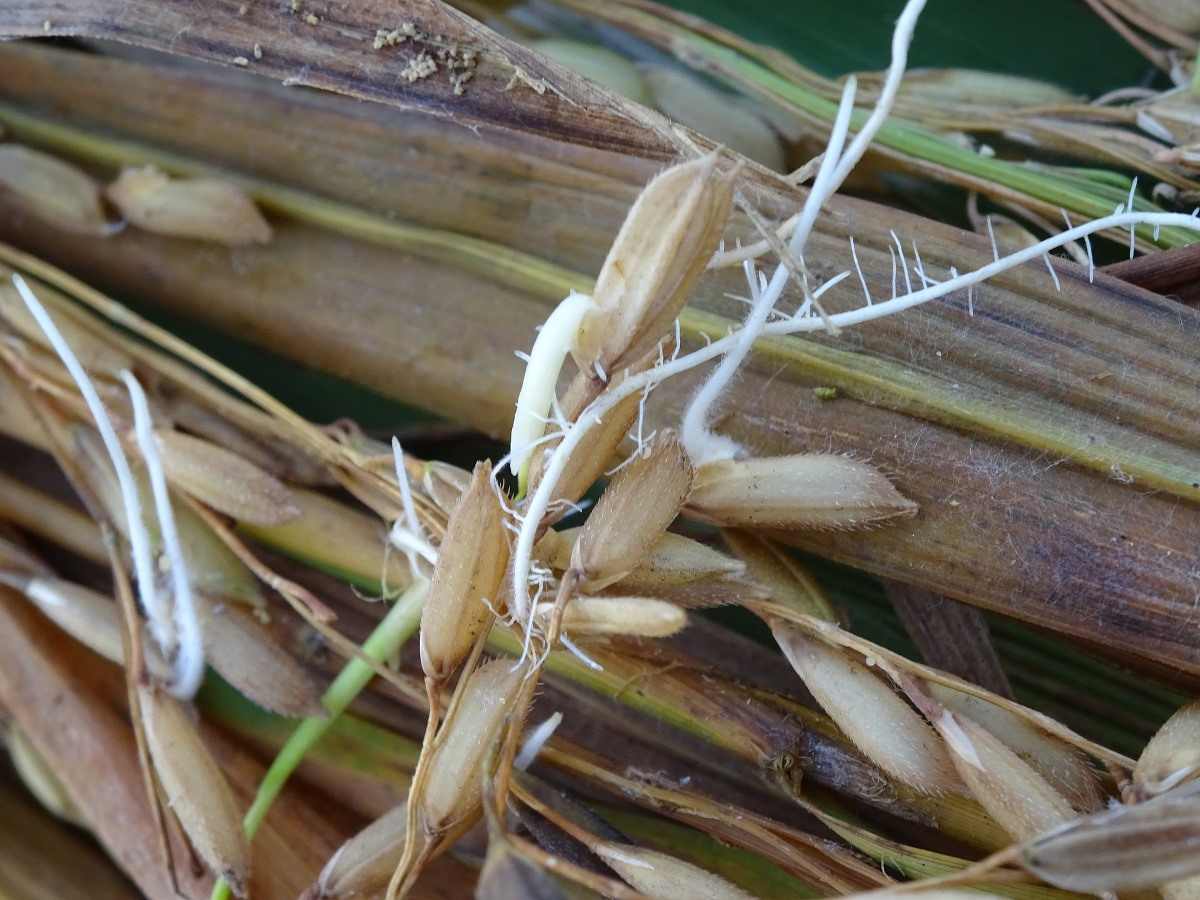

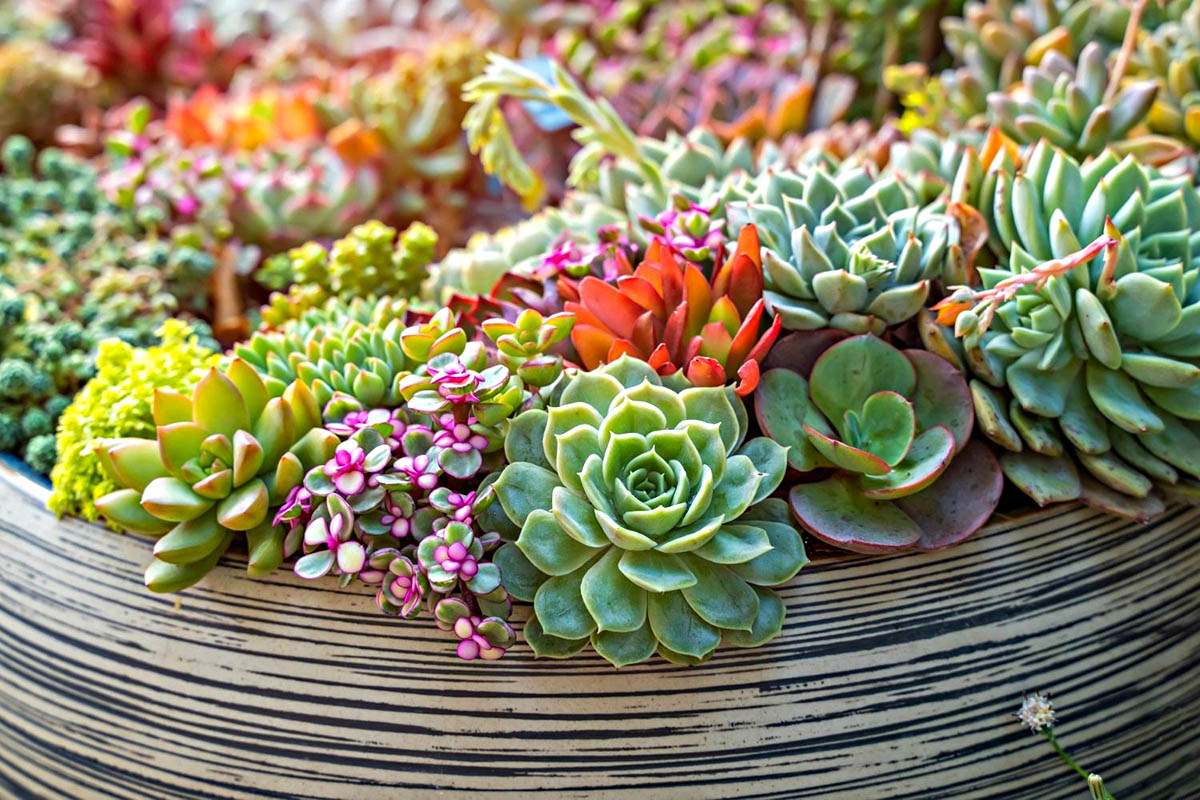
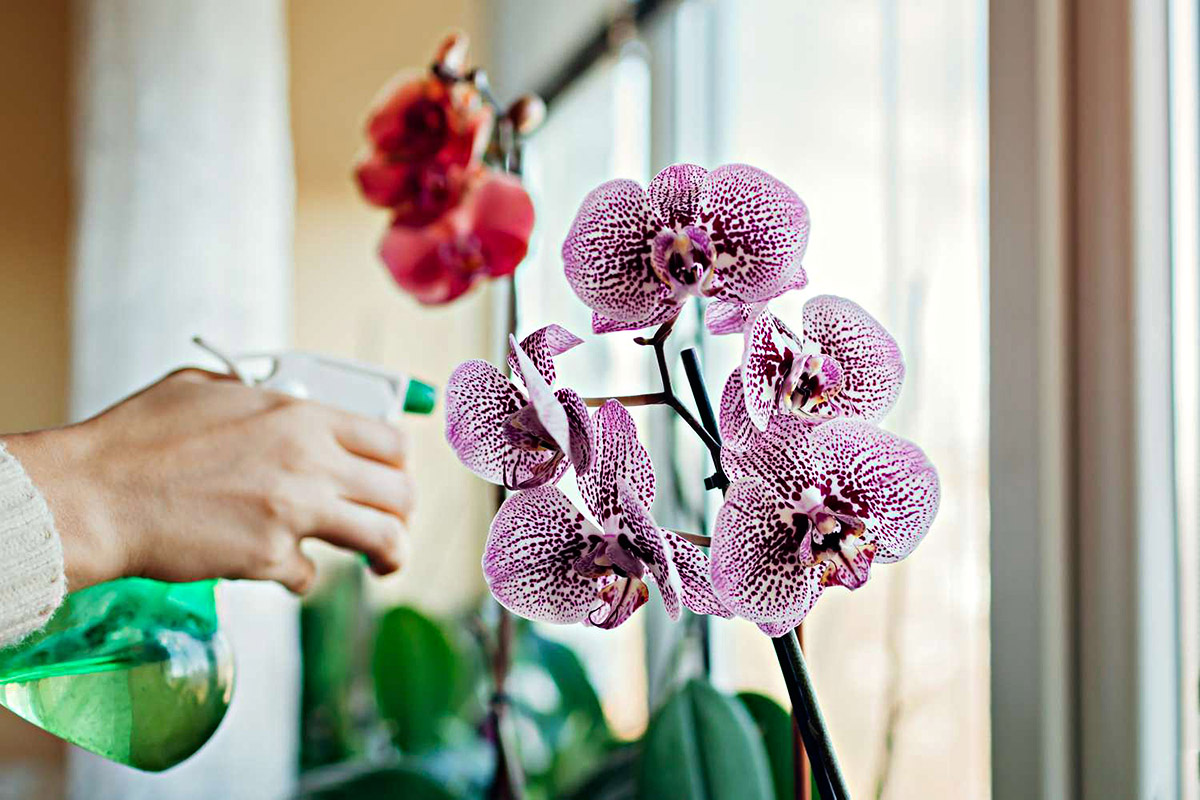

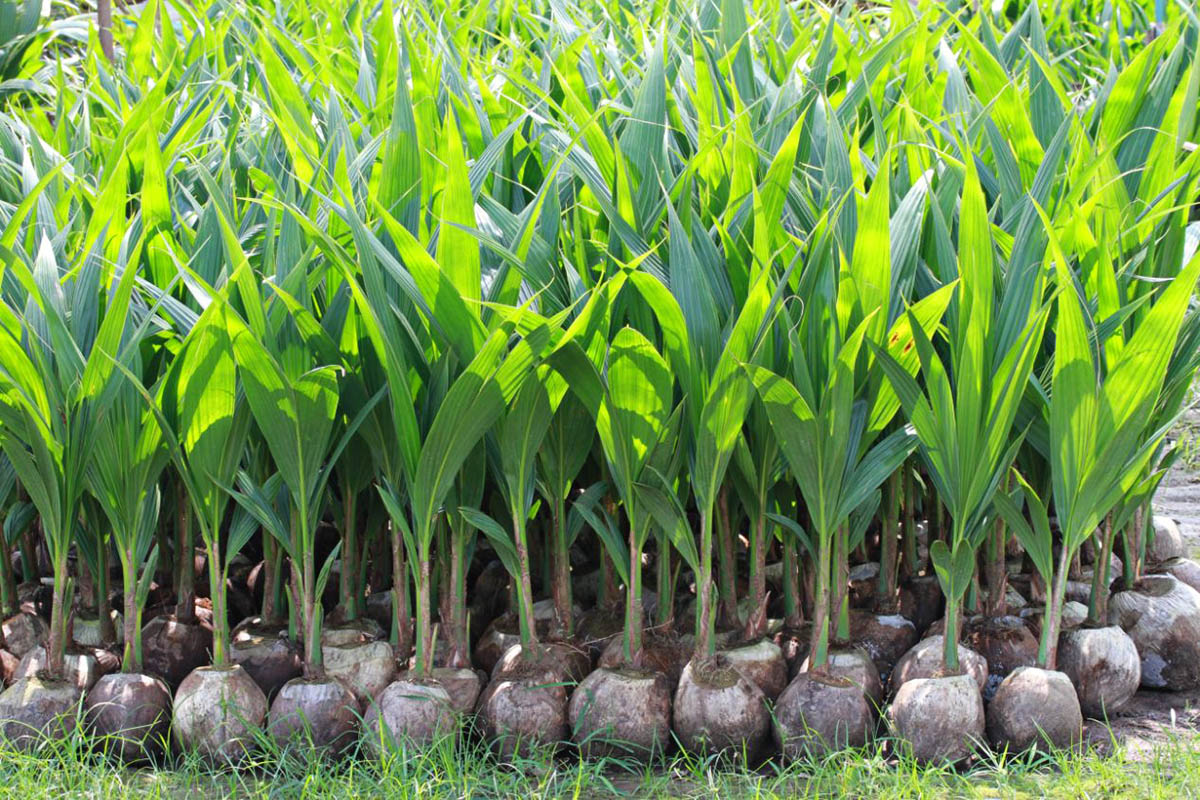
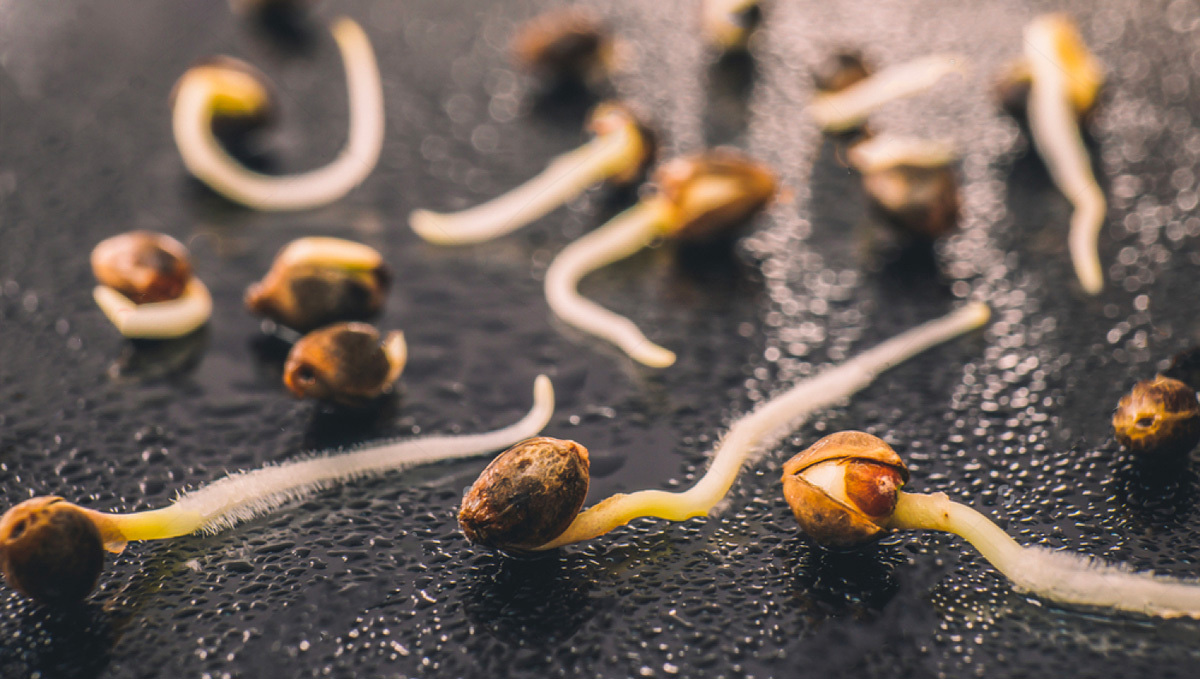
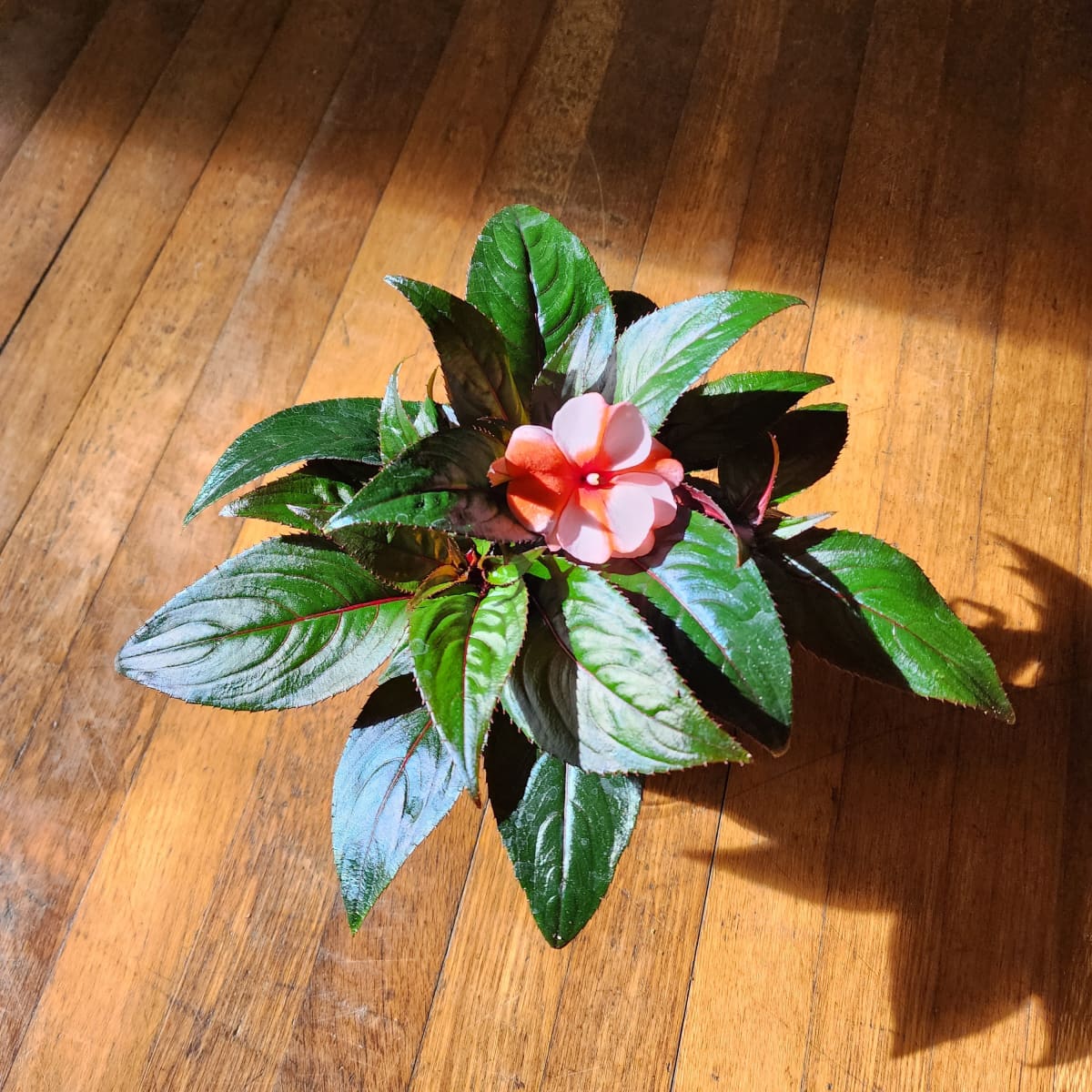
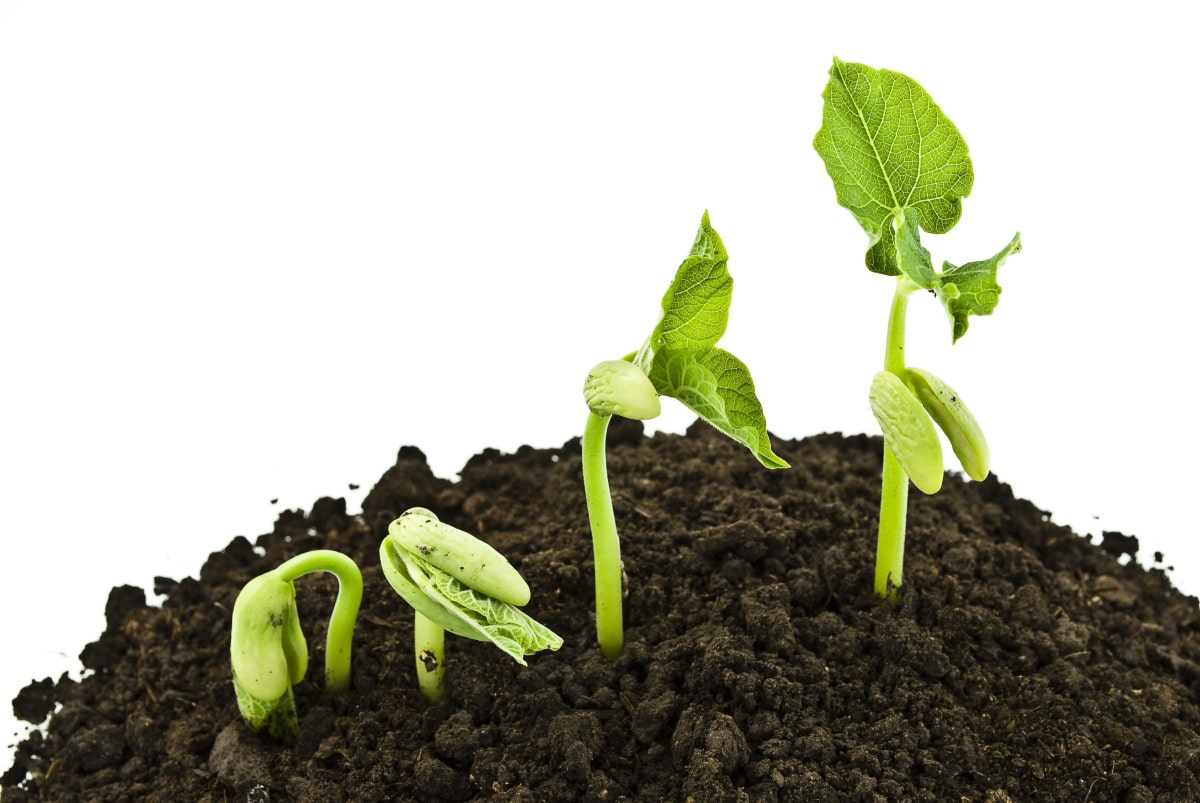
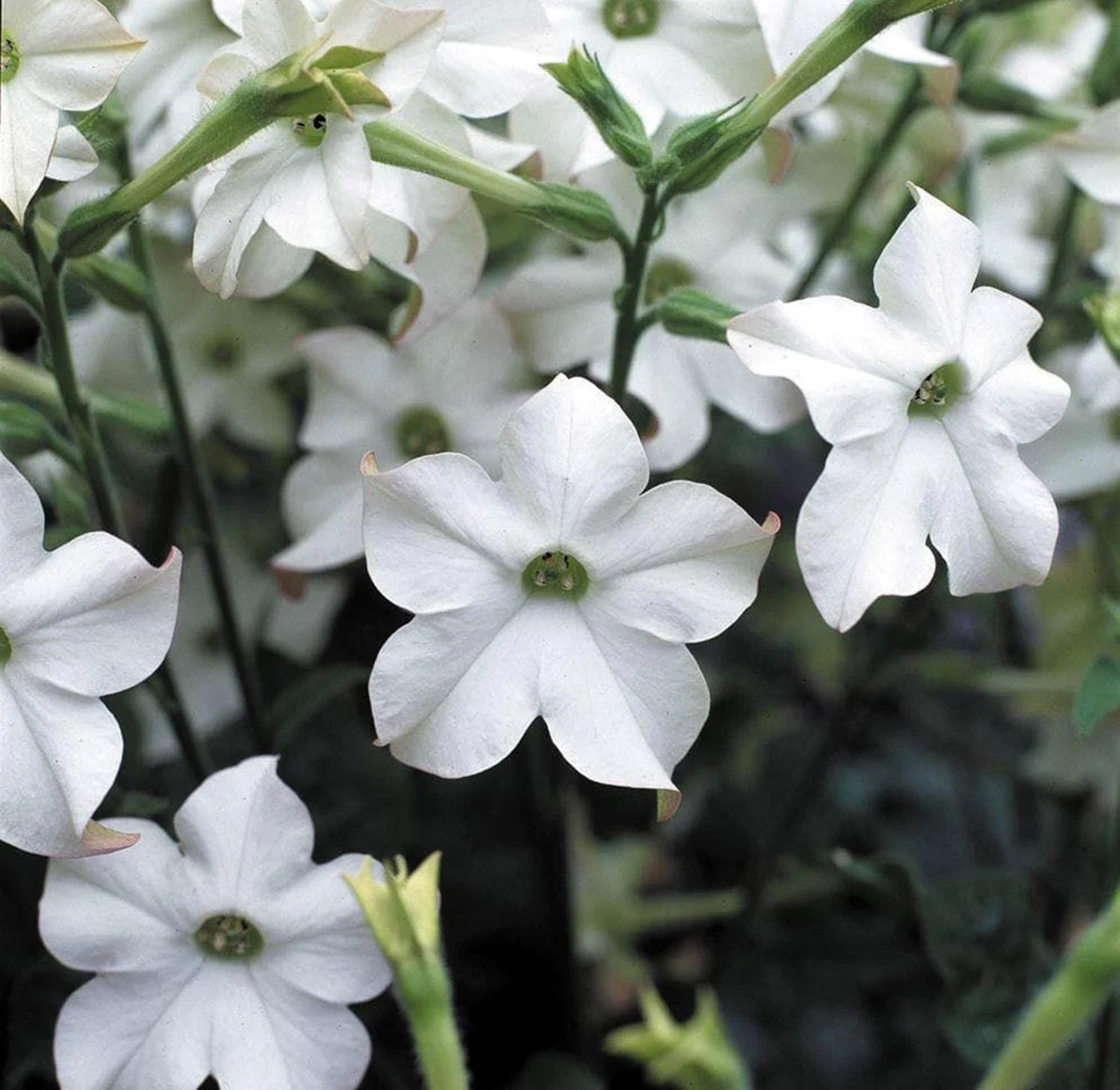

0 thoughts on “How To Germinate Lychee”